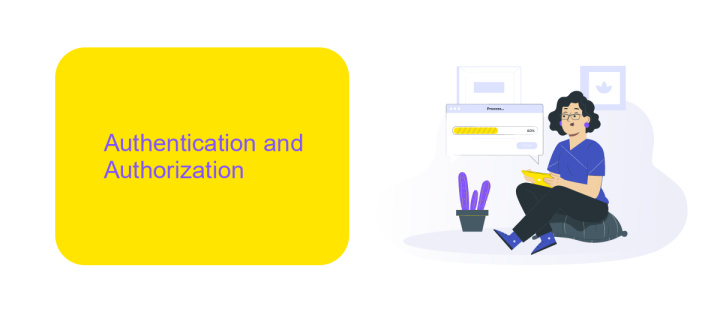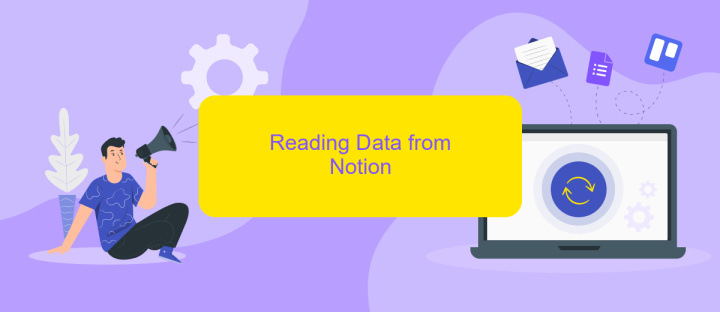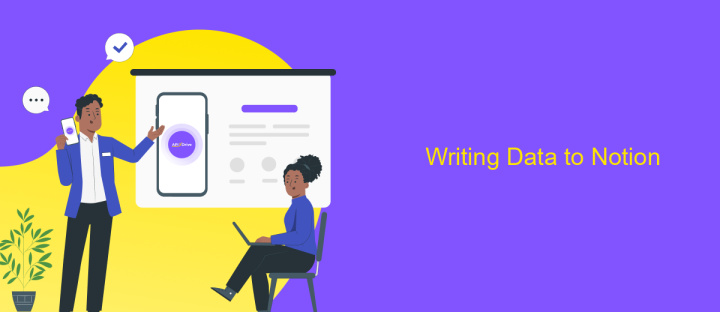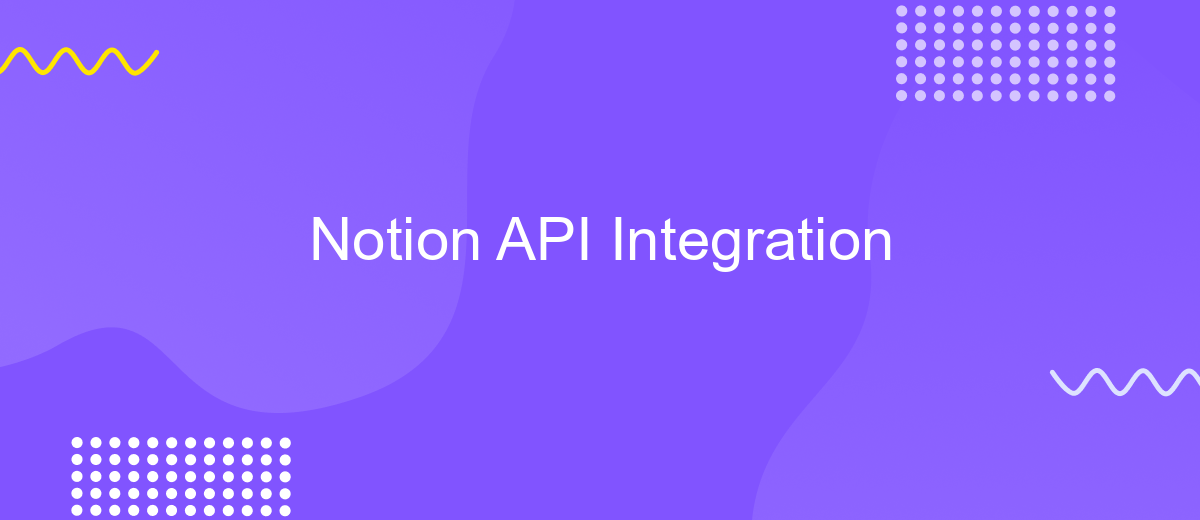Notion API Integration
The Notion API Integration has revolutionized the way users interact with their digital workspaces, offering seamless connectivity and enhanced productivity. By integrating Notion with other applications, users can automate workflows, streamline data management, and customize their workspace to better suit their needs. This article explores the key features, benefits, and practical applications of the Notion API, empowering users to unlock the full potential of their digital ecosystem.
Introduction to the Notion API
The Notion API offers a powerful and flexible way to interact with Notion’s versatile workspace, enabling developers to automate tasks, integrate with other applications, and enhance productivity. By providing programmatic access to databases, pages, and blocks, the API allows users to customize their Notion experience to fit their unique workflows. With its RESTful design, the Notion API is accessible through standard HTTP requests, making it straightforward to use for developers familiar with web technologies.
- Access and manipulate databases and pages programmatically
- Integrate Notion with other tools and services for seamless workflows
- Automate repetitive tasks to save time and reduce errors
- Leverage a comprehensive set of endpoints to customize functionality
- Utilize OAuth 2.0 for secure and authorized access
Whether you're looking to build a custom dashboard, sync data between Notion and other platforms, or create bespoke automation solutions, the Notion API provides the tools necessary to achieve these goals. By leveraging its capabilities, developers can unlock new levels of efficiency and creativity, transforming Notion into a dynamic component of their digital toolkit.
Authentication and Authorization

Integrating with the Notion API requires secure authentication and authorization to ensure that your application can access and manipulate data safely. To begin, you need to register your application with Notion, which provides you with a client ID and client secret. These credentials are essential for initiating the OAuth 2.0 authorization flow. During this process, users will grant your application permission to access their Notion workspace. Once authorized, your app receives an access token, which you will use in API requests to authenticate and identify your app.
For those who prefer a more streamlined approach, services like ApiX-Drive can simplify the integration process. ApiX-Drive offers a user-friendly platform to connect Notion with various other applications, handling authentication and authorization seamlessly. By using ApiX-Drive, you can avoid the complexities of manual API setup and focus on enhancing your application's functionality. Whether you choose to manage the authentication process manually or leverage a service like ApiX-Drive, ensuring secure and efficient authorization is crucial for a successful Notion API integration.
Reading Data from Notion

To effectively read data from Notion using their API, you need to understand the basic steps involved in the process. This involves setting up your environment, making API requests, and handling the data returned. Notion API provides a flexible and powerful way to interact with your Notion workspace, allowing you to retrieve pages, databases, and more.
- First, ensure you have a Notion integration set up and obtain your integration token. This token is crucial for authenticating your API requests.
- Next, identify the Notion page or database you want to access. You'll need the unique ID of the page or database, which can be found in the URL.
- Make an API request to the appropriate endpoint using your integration token and the page or database ID. Use libraries like Axios in JavaScript or Requests in Python to simplify this process.
- Finally, parse the JSON response to extract the data you need. This may involve navigating through nested objects and arrays, depending on the structure of your Notion content.
Once you've successfully retrieved data from Notion, you can use it in various applications, such as data analysis, reporting, or integrating with other services. By following these steps, you can seamlessly access and utilize your Notion data for enhanced productivity and insights.
Writing Data to Notion

Integrating with the Notion API allows developers to programmatically interact with Notion databases and pages, making it possible to write data dynamically. This capability is essential for automating workflows and enhancing productivity by syncing external data sources with Notion.
To write data to Notion, you need to understand the structure of your Notion database, including its properties and data types. This ensures that the data you intend to write aligns with the database schema, preventing errors and ensuring smooth data integration.
- Authenticate with the Notion API using an API key or OAuth token.
- Identify the database ID where you want to insert data.
- Construct a JSON payload that mirrors the database's structure.
- Use the HTTP POST method to send the payload to the Notion API endpoint for creating new entries.
By following these steps, you can effectively write data to Notion, enabling seamless integration with other applications. This process not only saves time but also ensures that your Notion workspace remains up-to-date with the latest information from various sources.
- Automate the work of an online store or landing
- Empower through integration
- Don't spend money on programmers and integrators
- Save time by automating routine tasks
Practical Examples and Use Cases
Integrating Notion API into your workflow can significantly enhance productivity by automating repetitive tasks. For instance, you can create a system that automatically updates your Notion database with new data entries from various sources like Google Sheets or Trello. This ensures that your information is always up-to-date without manual intervention. By using automation tools like ApiX-Drive, you can easily set up such integrations without extensive coding knowledge. ApiX-Drive provides a user-friendly interface to connect Notion with numerous applications, streamlining the data flow and reducing the risk of errors.
Another practical use case is project management. By integrating Notion API, you can synchronize tasks and deadlines across different platforms, ensuring that your team remains aligned and informed. For example, you can connect Notion with Slack to receive instant notifications whenever a task is updated or completed. This integration helps in maintaining transparency and improving communication within the team. Additionally, using ApiX-Drive, you can customize these integrations to fit your specific workflow, making it a versatile tool for optimizing project management processes.
FAQ
What is Notion API Integration?
How can I get started with Notion API Integration?
What can I do with Notion API Integration?
Are there tools to help automate Notion integration without coding?
What are some common use cases for Notion API Integration?
Apix-Drive is a simple and efficient system connector that will help you automate routine tasks and optimize business processes. You can save time and money, direct these resources to more important purposes. Test ApiX-Drive and make sure that this tool will relieve your employees and after 5 minutes of settings your business will start working faster.


